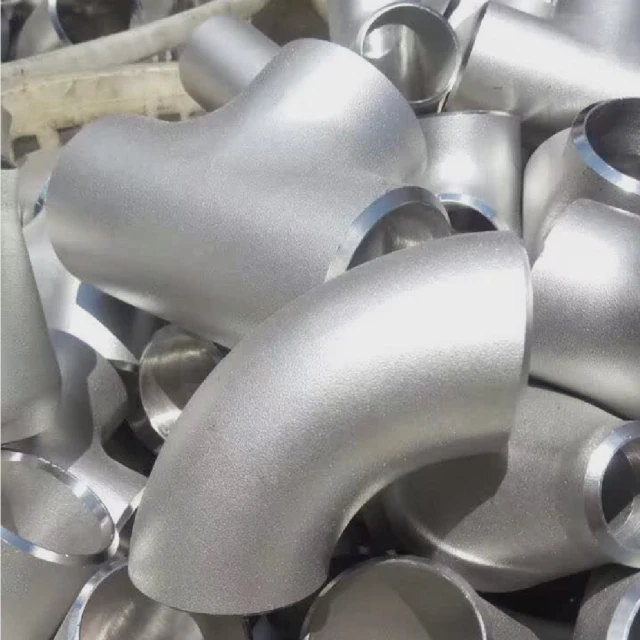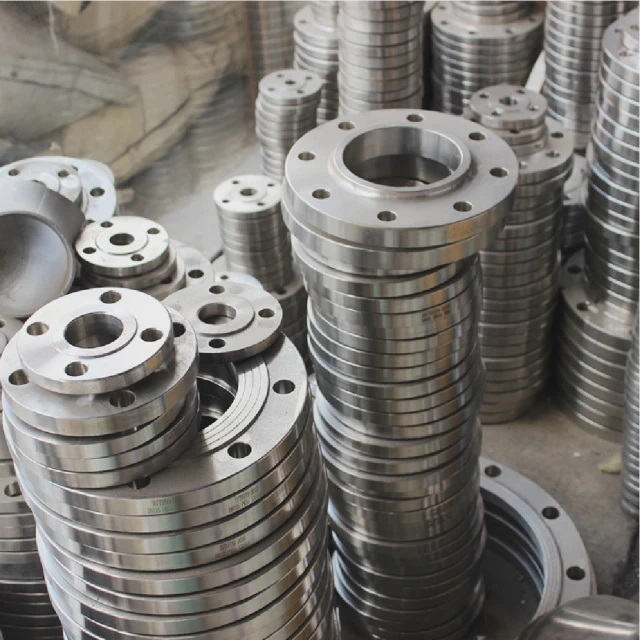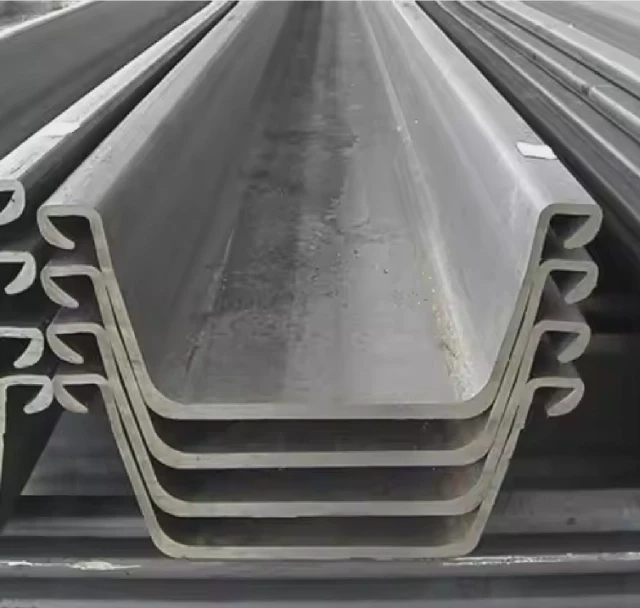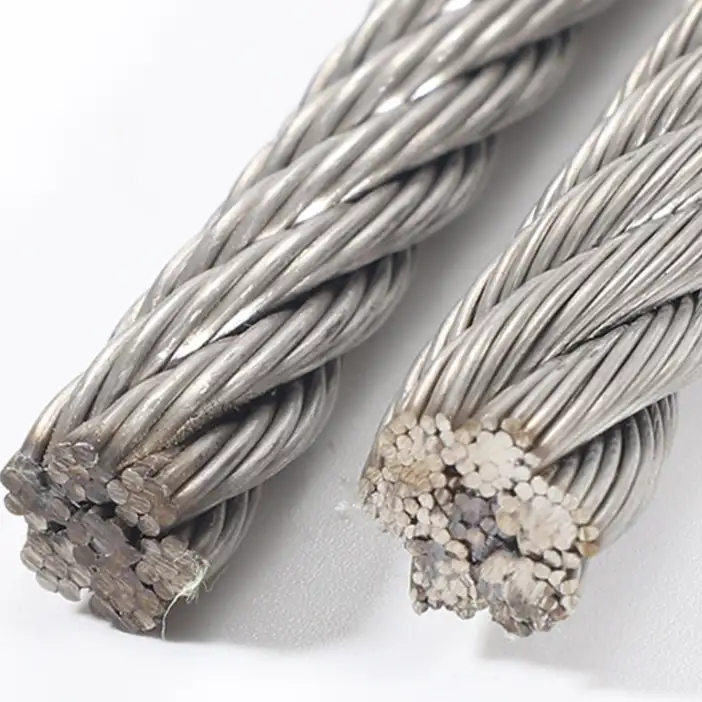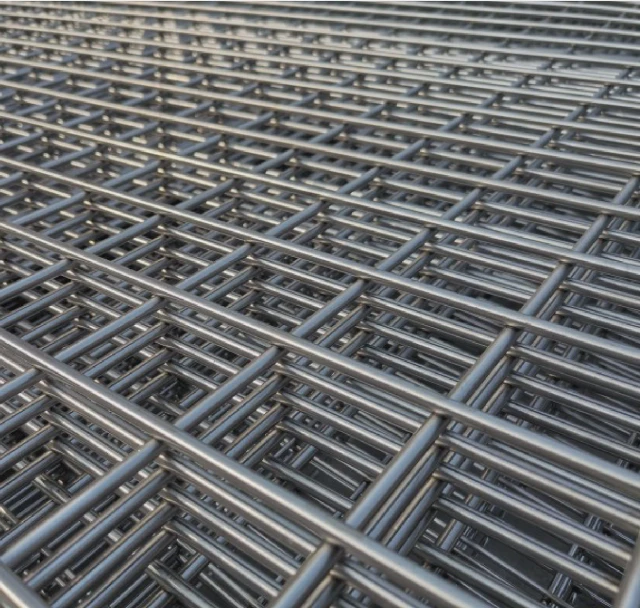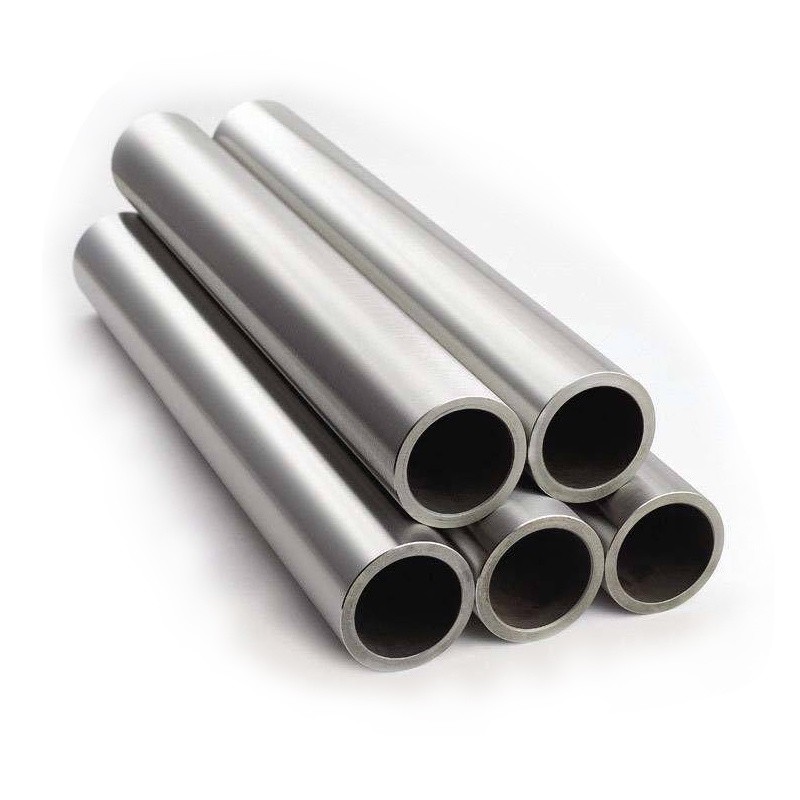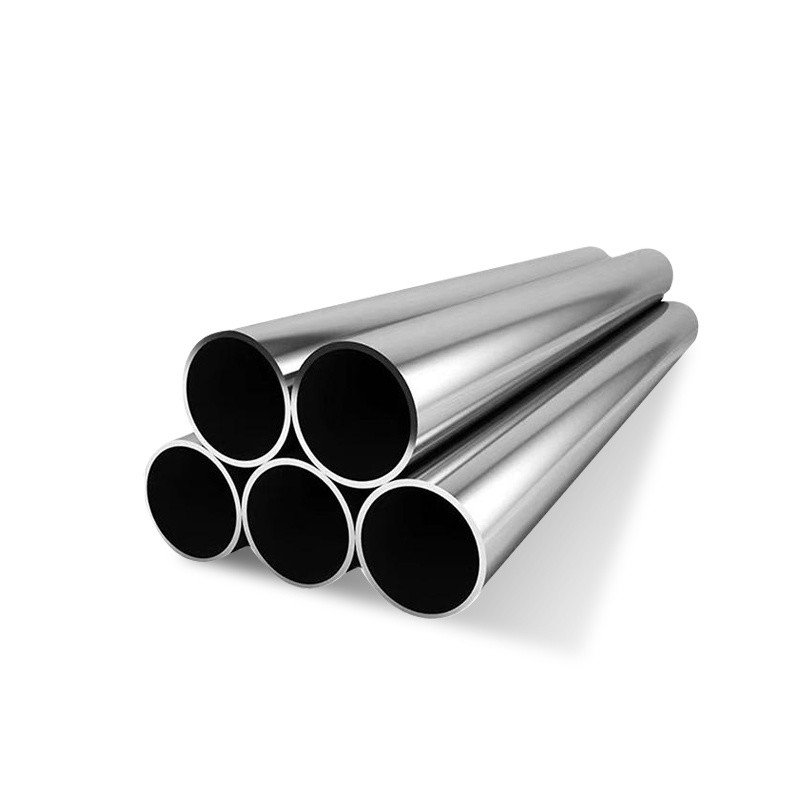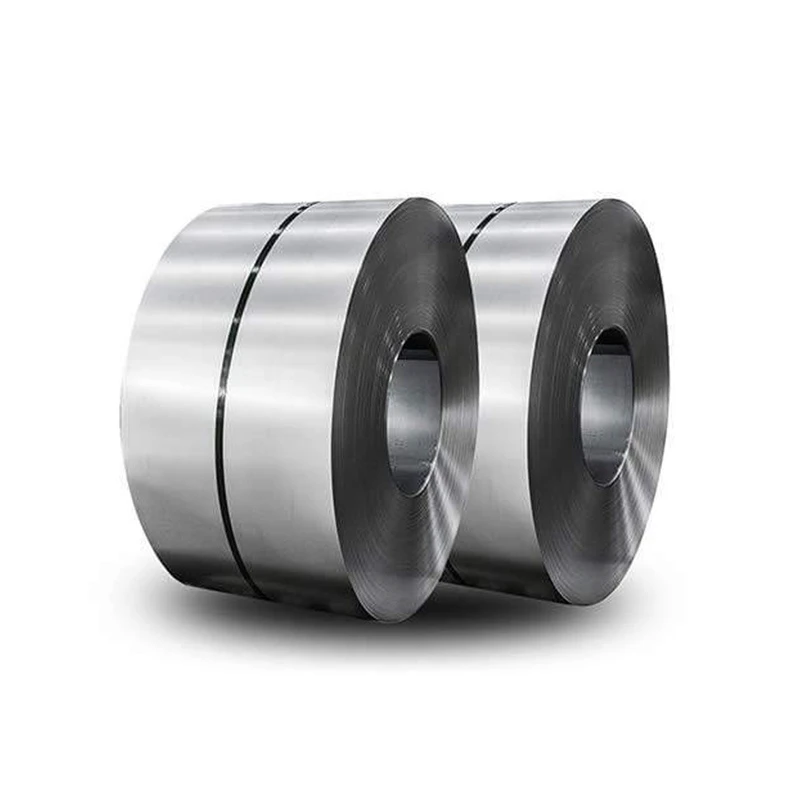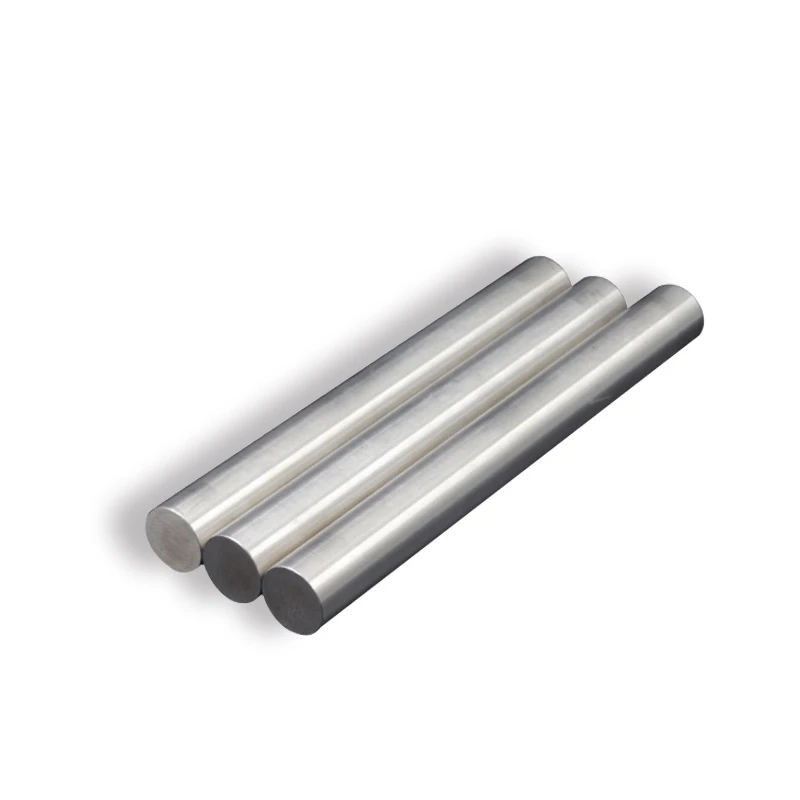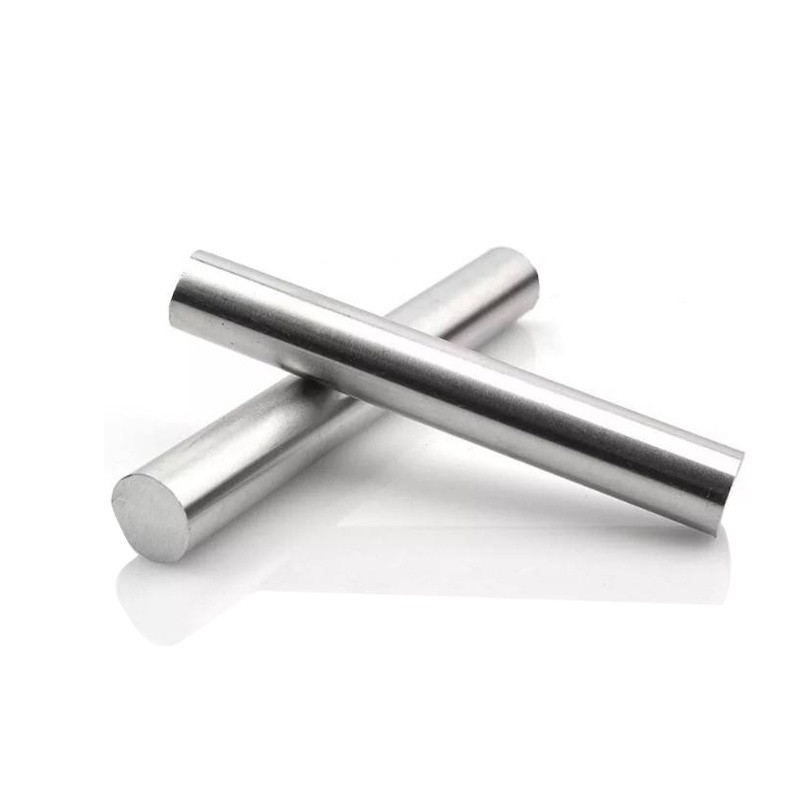
CATEGORIES
FEATURED PRODUCTS
ASTM 321 Stainless Steel Plate
We offer this product and related grades with 100% factory direct pricing and free quotes available within 24 hours.
APPLICATION SCENARIOS

OUR ADVANTAGE

Certificate of Honor

PARTNER

Our Factory

What is Type 321 Stainless Steel? To truly understand Type 321, we must first look at its foundation, Grade 304. While an excellent all-around material, standard 304 is vulnerable to a phenomenon known as sensitization. When heated in the range of 425∘C to 850∘C (800∘F to 1560∘F), a range often encountered during welding, the carbon in the steel combines with chromium to form chromium carbides at the grain boundaries. This process locks away the chromium, preventing it from forming the passive layer that protects the steel from corrosion. The result is a susceptibility to intergranular corrosion, a form of decay that can compromise the integrity of a welded structure.
Type 321 provides an ingenious solution: stabilization.
Type 321 is essentially Grade 304 stabilized by the addition of Titanium (Ti). Titanium has a much stronger chemical affinity for carbon than chromium does. When the steel is heated, the titanium preferentially reacts with the carbon to form stable, harmless titanium carbides. This leaves the chromium free in the steel matrix to perform its essential job of providing corrosion resistance.
This makes Type 321 an ideal choice for equipment that is welded and then put into service at elevated temperatures without a subsequent annealing treatment.
The Chemical Formula for Durability: Composition of Type 321
Governed by the ASTM A240 specification, the chemical composition of Type 321 is precisely controlled. The amount of titanium is directly linked to the carbon and nitrogen content to ensure complete stabilization. For applications demanding higher strength at extreme temperatures, we also supply Type 321H, which has a higher carbon content but is still fully stabilized by a corresponding amount of titanium.
Table 1: Chemical Composition of ASTM A240 Type 321 & 321H (%)
| Grade | Carbon (C) | Manganese (Mn) max | Phosphorus (P) max | Sulfur (S) max | Silicon (Si) max | Chromium (Cr) | Nickel (Ni) | Titanium (Ti) |
| 321 | 0.08 max | 2.00 | 0.045 | 0.030 | 0.75 | 17.0–19.0 | 9.0–12.0 | 5×(C+N) min, 0.70 max |
| 321H | 0.04–0.10 | 2.00 | 0.045 | 0.030 | 0.75 | 17.0–19.0 | 9.0–12.0 | 4×(C+N) min, 0.70 max |
The critical factor is the titanium ratio, which guarantees that even with the higher carbon of 321H, the chromium remains free to fight corrosion.
Mechanical Strength and Resilience
The titanium stabilization in Type 321 provides excellent mechanical properties, particularly good creep strength, making it suitable for structural applications at high temperatures. Every plate we supply from Luokaiwei is accompanied by a Mill Test Certificate (MTC) to verify these properties.
Table 2: Typical Mechanical Properties of 321 & 321H Plate (ASTM A240)
| Grade | Tensile Strength (min) | Yield Strength (0.2% Offset, min) | Elongation (in 2 in. or 50 mm, min) | Hardness (max) |
| ksi (MPa) | ksi (MPa) | % | Brinell (HBW) / Rockwell (HRB) | |
| 321 | 75 (515) | 30 (205) | 40 | 201 / 92 |
| 321H | 75 (515) | 30 (205) | 40 | 201 / 92 |
While the room temperature minimums are similar, the 321H variant offers significantly improved creep strength and stress rupture properties at temperatures above 500∘C (930∘F).
Essential Physical Properties
For engineers designing equipment like heat exchangers, expansion joints, or exhaust systems, the physical properties of Type 321 are critical for performance modeling.
Table 3: Physical Properties of Type 321 Stainless Steel
| Property | Value |
| Density | 8.03 g/cm3 (0.290 lb/in3) |
| Melting Range | 1400–1425∘C (2550–2600∘F) |
| Modulus of Elasticity | 193 GPa (28.0×106 psi) |
| Coefficient of Thermal Expansion (0−100∘C) | $16.6 \text{ µm/m·}^\circ\text{C}$ |
Critical Comparisons: Choosing the Right Grade
Selecting the correct grade is paramount for project success. Here’s how we advise our clients when comparing Type 321 to its common alternatives.
- Type 321 vs. Type 347: This is the classic stabilized-grade comparison. Type 347 is stabilized with Niobium (Nb).
- Performance: Both grades are excellent for preventing sensitization. However, Niobium gives Type 347 slightly better high-temperature strength and creep properties. A key fabrication difference is that during high-temperature arc welding, some of the titanium in 321 can be lost across the arc, potentially reducing the effectiveness of stabilization in the weld itself. Niobium in 347 does not have this issue.
- Our Guidance: For the absolute most demanding and critical high-temperature welded applications, Type 347 may hold a slight advantage. However, Type 321 is an outstanding and robust performer that is often more readily available and provides a more cost-effective solution for a vast range of applications.
- Type 321 vs. Type 304L: This compares the two primary methods of preventing intergranular corrosion.
- Performance: Type 304L has very low carbon, which limits the formation of chromium carbides, making it excellent for welded structures used at or near ambient temperatures. However, if that welded component is then used continuously at elevated temperatures (425−850∘C), 304L can still become sensitized over time. Type 321, being stabilized, is specifically designed to operate in this high-temperature range without any loss of corrosion resistance.
- Our Guidance: For welded items used below 425∘C, 304L is often sufficient and more economical. For any welded component that will see service within the sensitization temperature range, Type 321 is the far safer and more reliable choice.
Where Performance Matters: Key Applications
The combination of weldability and high-temperature corrosion resistance makes Type 321 essential for numerous industries. We have supplied plate for:
- Aerospace: Aircraft piston engine exhaust manifolds, collector rings, and jet engine afterburners.
- Chemical Processing: Equipment for handling polythionic acids, high-temperature chemical reactors.
- Power Generation: Superheater and afterburner parts.
- Industrial Fabrication: Thermal oxidizers, furnace parts, dampers, and expansion joints.
- Food Processing: High-temperature processing equipment and stacks.
Best Practices for Fabrication and Welding
Type 321 offers excellent fabricability, behaving similarly to Type 304.
- Weldability: It is readily weldable by all standard fusion and resistance welding techniques.
- Filler Metal: This is a key consideration. While a matching filler metal (ER321) exists, it is not commonly used. The standard and recommended practice is to weld Type 321 using a Type 347 filler wire (AWS ER347). The niobium in the 347 filler metal effectively stabilizes the weld pool and is not prone to arc transfer loss, ensuring a robust and corrosion-resistant weld.
- Heat Treatment: Post-weld heat treatment is not necessary to restore corrosion resistance. For maximum resistance to intergranular corrosion, a stabilizing heat treatment at 870−900∘C (1600−1650∘F) can be performed, but it is not required for most applications.
Your Trusted Partner for 321 Stainless Plate: Luokaiwei
When your project demands a specialized material like Type 321, you need a supplier who provides more than just a piece of metal.
- Application-Specific Knowledge: We understand the critical differences between 321, 347, and 304L, and can help you make the most technically sound and cost-effective choice.
- Guaranteed Quality: Every ASTM A240 Type 321 plate from Luokaiwei is fully traceable and comes with a Mill Test Certificate (MTC) to guarantee its compliance with international standards.
- Flexible Supply: We maintain a stock of 321 and 321H plate and offer precision cutting services to deliver material that meets your exact project requirements.
Frequently Asked Questions (FAQ)
1. What is the main advantage of 321 stainless steel over 304?
The main advantage is its resistance to intergranular corrosion after being exposed to high temperatures, such as during welding. The titanium stabilization in 321 prevents the chromium depletion that can occur in standard 304, making 321 far more reliable for welded components in high-temperature service.
2. Is 321 better than 347?
Neither is universally "better"; they are alternatives. 347 (niobium stabilized) offers slightly superior high-temperature mechanical properties and its stabilizer is not lost during arc welding, making it a preferred choice for the most severe applications. 321 (titanium stabilized) is an excellent performer, often more readily available, and a highly effective solution for the majority of stabilized grade applications.
3. What filler wire should I use for welding 321 stainless steel?
The industry standard and our firm recommendation is to use AWS ER347 filler metal. This niobium-stabilized wire creates a strong, stable weld that is fully resistant to sensitization and is not susceptible to the arc-loss issues associated with titanium.
4. What is the difference between 321 and 321H?
The "H" denotes a higher carbon content (0.04-0.10%). This higher carbon provides significantly improved strength and creep resistance at very high temperatures (typically above 500∘C). 321H is the preferred choice for structural applications in this elevated temperature range.
5. Is Type 321 plate magnetic?
No. As an austenitic stainless steel, Type 321 is non-magnetic in the annealed condition. Significant cold working can induce slight magnetism, but for all practical purposes, it is considered non-magnetic.
For unwavering performance where heat and welding meet, ASTM A240 Type 321 stands ready. Contact Luokaiwei today to leverage our expertise and premium material for your next critical project.








